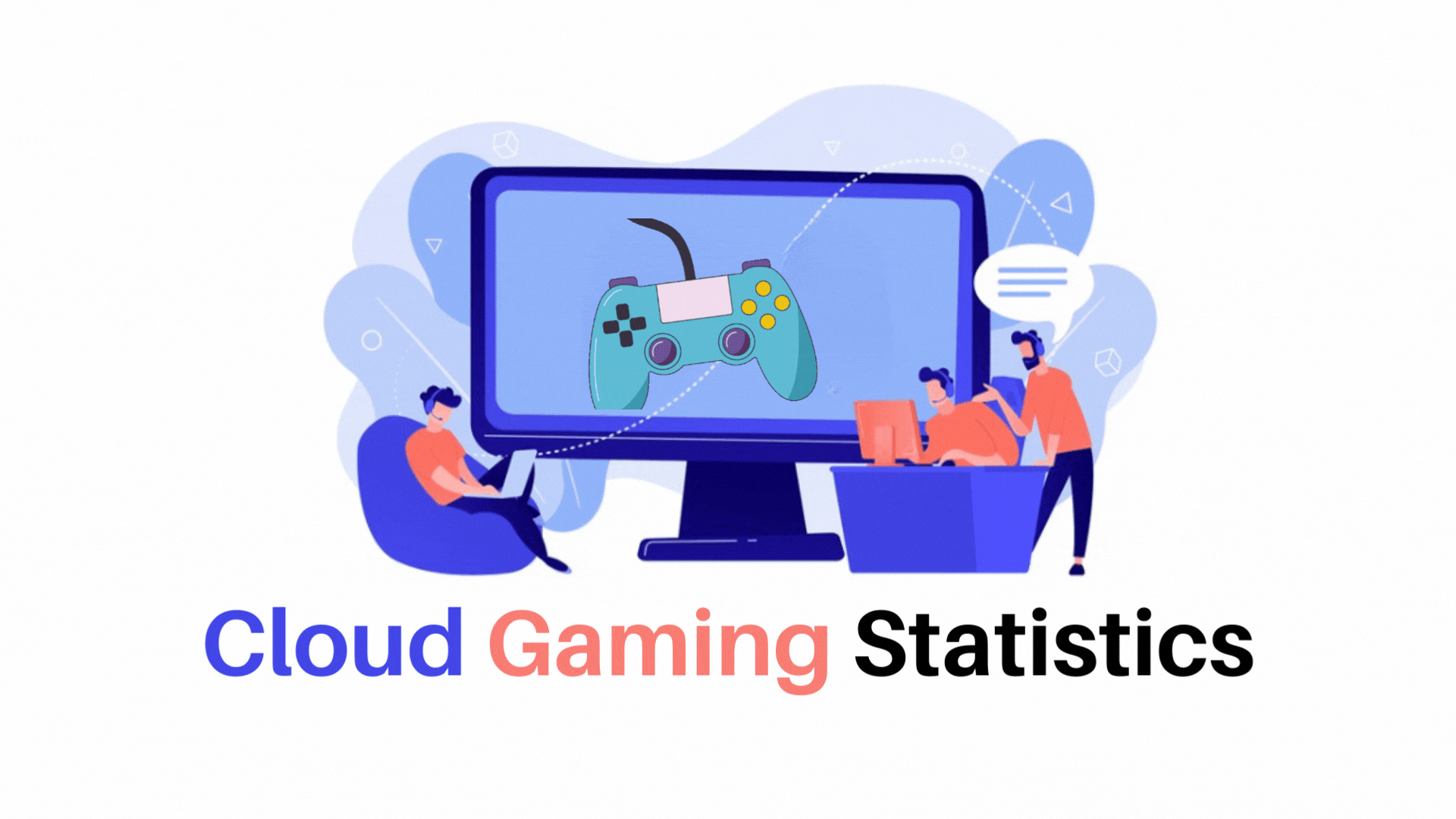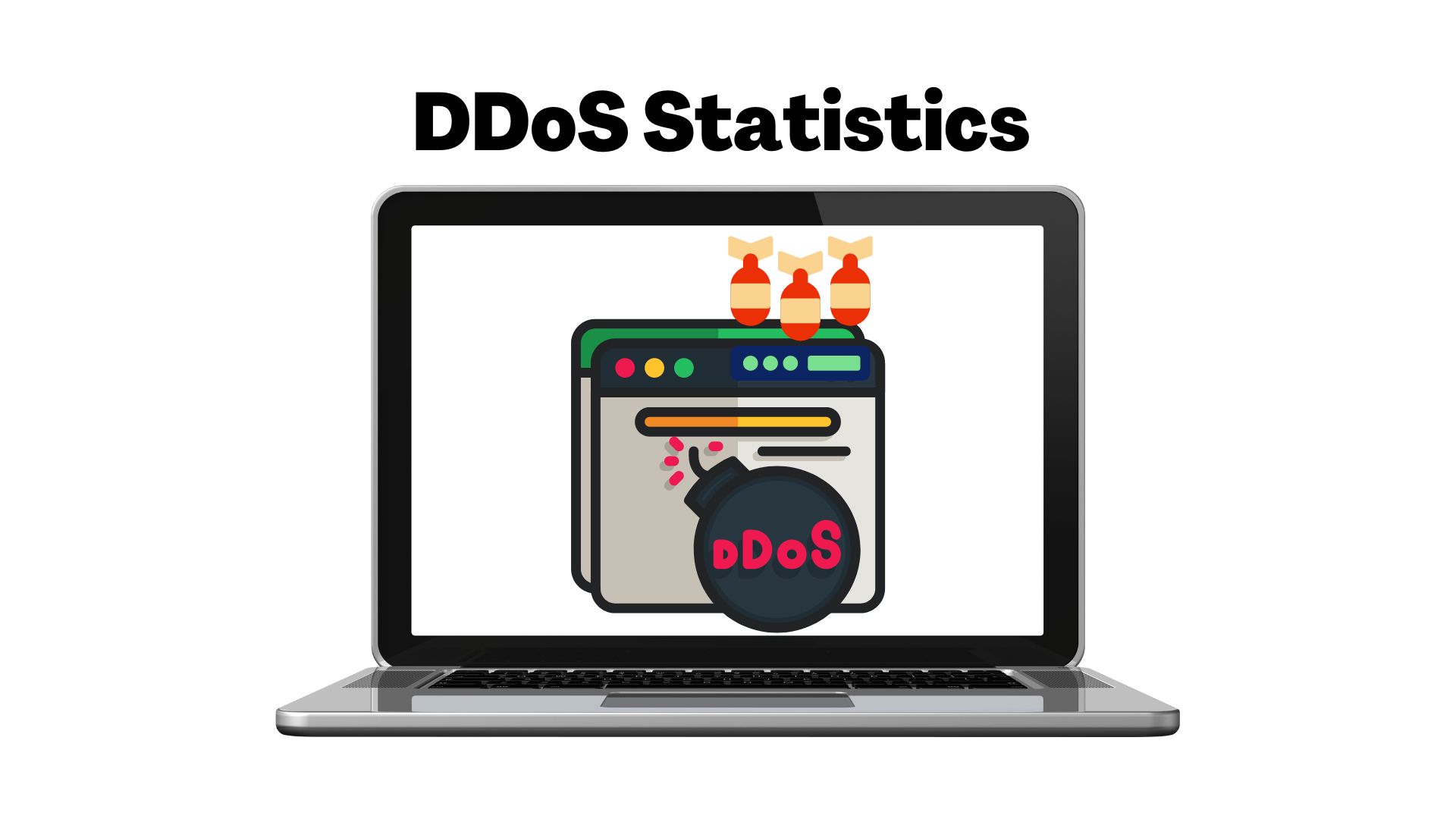New CIOs, Take Note: 3 Important Things You Absolutely Must Do In The First 30 Days of Job

Starting as a new CIO (chief information officer) is a challenging and important task, whether it is your first time moving up into a C-Suite position or a lateral move to a different company. After all, you are now in charge of controlling the ship. The problem for most new CIOs is that the boat is already on its way, and the crew members are occupied with several activities in addition to attempting to prevent it from taking on water. Everyone wants to enter an organization and make a significant impact, but you must balance that influence with causing the slightest disturbance to the business's regular operations. The short version: do not repair what is not broken.
When you start as a ‘new chief information officer,' you need to have specific, achievable objectives that will help you carry out your vision and put your company on the path to improvement. The best method for organizing these goals is to create a timeline. It's fairly easy. There will be some things that will be easier to implement than others and vice versa. You can manage expectations for your company and yourself by being honest and realistic about the timeline.
This article will concentrate on actions you can do within the first 30 days of your role as CIO to make an immediate impact, even if they only serve as a first step toward a more significant project. A list of goals to start immediately will allow you to arrive at your new position with the drive, energy, and approach necessary to succeed.
#1. Get a Clear Understanding Of The State Of Technology
Your first step as the new ‘chief information officer' should be to get a clear understanding of the state of technology use in your company. The simplest way to accomplish this is to conduct face-to-face interviews with stakeholders across your company and your team. You want to allow employees to put a face to a new-hire email while also exposing yourself to as several different perspectives as possible. These are some questions you should ask:
- What do you wish you could accomplish but can't?
- What type of technology do you mostly use?
- How do you track information, and what do you follow?
- Where are you having technical issues?
- What is your experience engaging with my department?
- What are your business objectives, and how can my team assist you in achieving them?
- How do you coordinate with different departments and third-party vendors?
The benefit of being new in your leadership role or being new is that employees will be more willing to open up to you and support you. You represent the potential for change. At the same time, you have to evaluate those options in terms of what is doable.
Furthermore, the most important thing to remember when conducting interviews is to pay close attention to any areas where “shadow IT” might be creeping in. Due to the widespread use of cloud applications, many individuals now rely on technology for work purposes that they do not necessarily consider to be under the purvey of IT. In more compartmentalized environments, you will find that one department uses Google Drive, another uses Microsoft Office 365, and yet another department uses DropBox. This disjointedness can lead to security problems because there are three times as several vectors for possible hacks. Fortunately, the issue can typically be resolved if IT takes the initiative and comes up with a solution that meets everyone's needs.
#2. Audit Your Company's Security Procedures
No matter how large your company is, your IT security procedures are likely in need of a fresh set of eyes. Data breaches dominated the headlines in 2017, and your organization must recognize that being hacked is a serious and genuine threat.
The number one rule is to think of what you have, proprietary or otherwise, which might be worth taking. It is easy to think of security in numbers, especially if you're a small business, mainly if you are a small business; the truth is that half of all cyber-attacks primarily target small businesses.
Moreover, user IDs and logins, Payroll data, and even access that you have to the networks of other businesses are all helpful to a savvy hacker wanting to make a quick profit. This information is simple to utilize for identity theft, bank fraud, or to find an opening that allows an attacker “climb the ladder” towards a larger, more lucrative target.
Here are some important questions you should ask when reviewing your company's security practices:
- How frequently must users change their passwords?
- What do you do if a member of your staff leaves the company?
- How do you create a backup of your data in case something terrible happens?
#3. Target An Easy Win
It's simple to focus on making a huge impression when you first take a C-Suite role in a big organization. You want to impress as a visionary leader moving forward in an audacious and innovative direction. This is not a negative impulse, and there is a place for that, but you can't underestimate the importance of momentum.
Your team must feel that it is making progress and completing a task. This is the most important way you will be able to gather the motivation and drive you to need to achieve those great goals and make the significant changes you wish to implement. An easy method to start this process is to identify a change that you know is readily achievable, pointing to it publically as an essential objective, and then you can achieve it.
While you might be tempted to dismiss an easy victory as being of little significance, keep in mind that you are actually doing much more than just making a simple change. If you show follow-through and give your team a taste for success, it will be a process that motivates staff members and make buy-in more contagious.
What You Can Do At This Time
It can be intimidating to start as a new CIO, but setting some specific, attainable goals for the initial 30 days is a beautiful approach to get started without stressing about how you will live up to your new position. It would be best if you kept your goals clear and simple, and you'll establish a tone that will be useful over the ensuing days, weeks, months, and years.
- Consider what you need to safeguard when you take a new look at your security procedures.
- Meet in person with stakeholders from different parts of your organization to comprehensively understand how they are using technology and how it may be enhanced.
- Aim for an easy win and ensure your team shares that success.
Conclusion
New CIOs should be proactive in their first 30 days by reaching out to colleagues, developing a plan, and learning about the company's technology infrastructure. These steps can ensure a smooth transition into their new role and set themselves up for future success. These are the essential steps that can help a new CIO get off to a successful start in their new role.

Barry is a lover of everything technology. Figuring out how the software works and creating content to shed more light on the value it offers users is his favorite pastime. When not evaluating apps or programs, he's busy trying out new healthy recipes, doing yoga, meditating, or taking nature walks with his little one.



